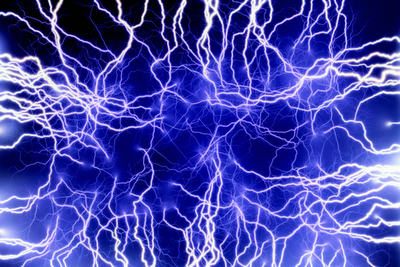This may be a little outside of the physics range, but I just thought it was cool.
Gallium is the 31st element on the periodic table. It was predicted to exist by Dmitri Mendeleev, and was discovered soon after by Lecoq de Boisbaudran in 1875. At the time, Gallium provided few if any practical applications. Things have changed though; but first, a little bit about how cool gallium is.
Gallium is a solid at room temperature – this is most times defined as twenty-two degrees Celsius, or something fairly close. Warm it up a few degrees, to 29.7°C (85.5°F), and it melts. This means that a block of gallium will turn liquid on a hot day, or even just in your hand.
Or how about you try a spoon made out of gallium? I wouldn’t suggest using it to stir your coffee:
 Warning: Don’t actually use a gallium spoon for anything except to make fun little gifs; although it is considered non-toxic, you don’t want that stuff in your food.
Warning: Don’t actually use a gallium spoon for anything except to make fun little gifs; although it is considered non-toxic, you don’t want that stuff in your food.
And if you want to see something very cool, get a coke can (empty or full, each will provide a slightly different result considering the full can is under pressure).
Aluminum is actually an extremely reactive element, which is strange because we encounter it in our everyday lives. The reason that we don’t encounter reactive aluminum is that solid aluminum actually forms layer of non-reactive aluminum oxide that protects the aluminum from reacting with other materials.
When gallium is placed on aluminum (and the oxide is scratched off for a better, faster reaction), gallium atoms invade the aluminum, resulting in an extremely fragile and brittle material.
There are a few practical uses of gallium too (not nearly exciting). It is used in thermometers in replace of mercury because gallium is much less toxic. It is also used in semi conductors, LED’s, and lasers. Hope you enjoyed this; go buy some gallium if you wanna have some fun.





